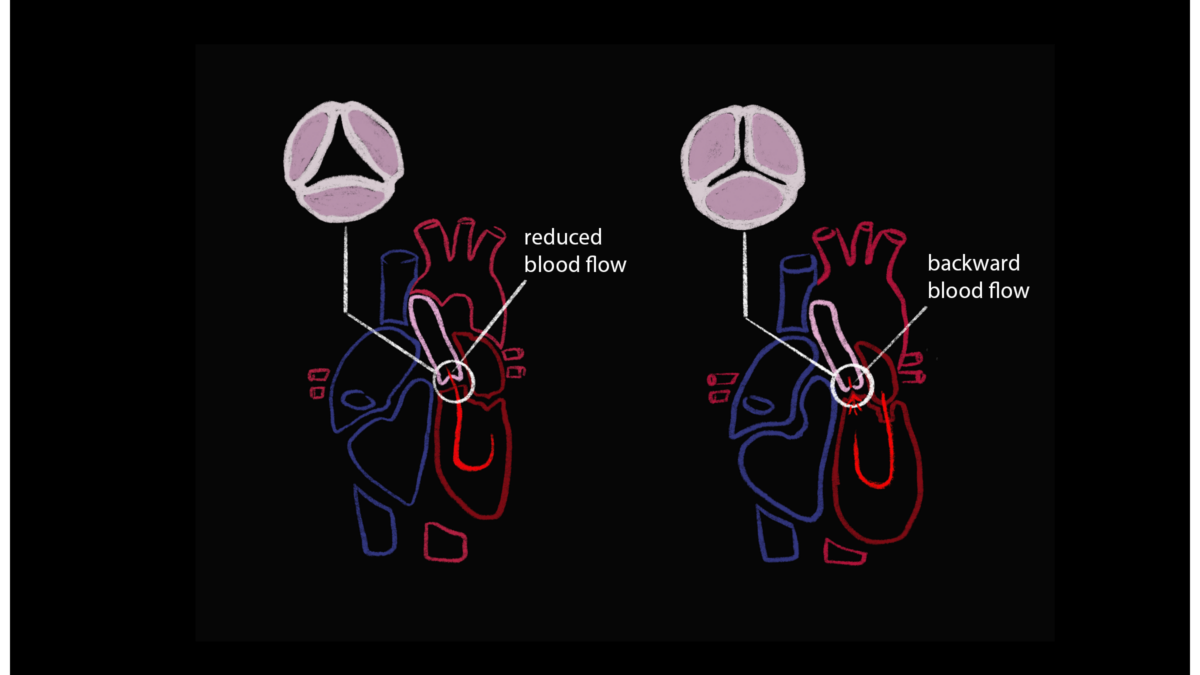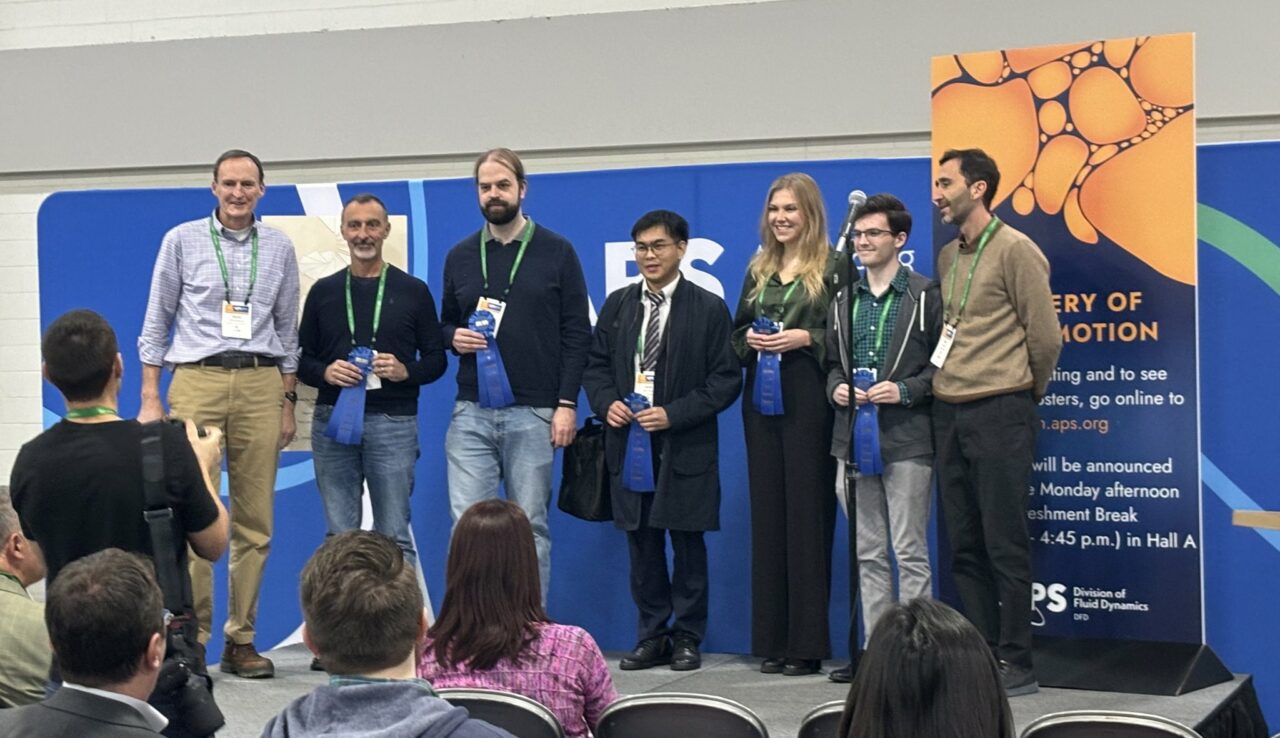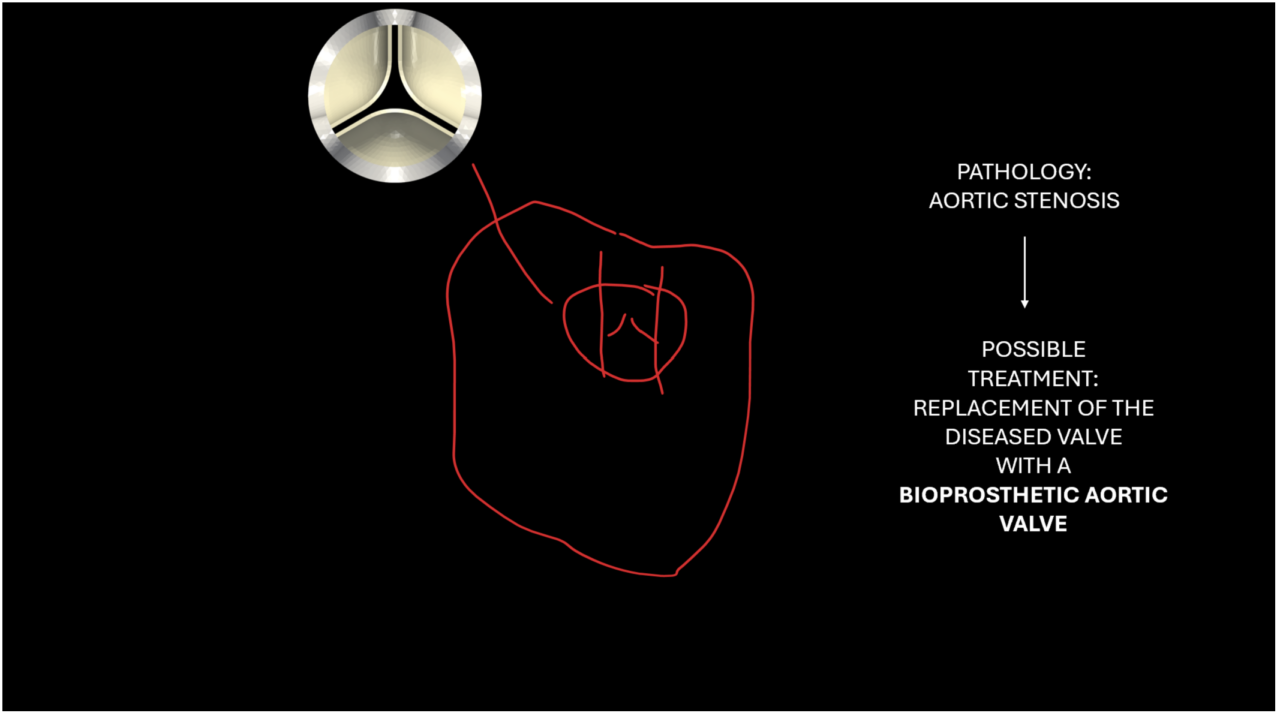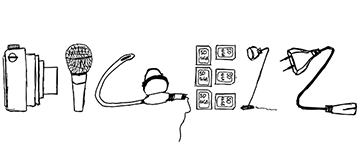Video production for Gallery of Fluid Motion

Last summer, I received a request to produce a competition entry for the Gallery of Fluid Motion of the APS Division of Fluid Dynamics. The entry would involve depicting the vortex structures and transition to turbulence behind biological heart valves. It’s a pretty complex topic for a layperson like me, but I was intrigued and started googling.
The request came from a doctoral candidate from the Cardiovascular Engineering Group at the ARTORG Center in Bern. Karoline Bornemann works on numerical simulations of the interaction between biological heart valve prostheses and the surrounding blood flow. The Gallery of Fluid Motion is an international competition aimed at visually and appealingly presenting fluid mechanics problems in the form of a three-minute video.
My first task was to overcome the initial lack of knowledge that led to a steep learning curve. Then I watched comparative videos on the Gallery of Fluid Motions website. To make it easier to get into the video, I drew a stop-motion animation of a heart to show what it was all about: the human heart.
After several months of work, numerous drafts, and meetings, the final product emerged with the title: «Transition to Turbulence Past Bioprosthetic Aortic Valves». Aortic valve replacement with a valve prosthesis is necessary when the native valve is compromised. During the ejection phase of the heart, bioprosthetic aortic valves create turbulent flow which is suspected to negatively affect the valve’s durability and performance. Depending on their design, the valve leaflets may exhibit periodic oscillations – so-called leaflet fluttering – making this a complex fluid-structure interaction problem.This video shows visualizations of the vortex development and breakdown past a fluttering and non-fluttering valve and demonstrates the effect of leaflet fluttering on laminar-turbulent transition.
The project was submitted to the «Gallery of Fluid Motion» presented by the APS Division of Fluid Dynamics in early September. In November, I received the great news from Karoline that the video had been selected as the winner of the 2024 APS/DFD Gallery of Fluid Motion Award.






(eli)
Concept and Content Design:
During the development phase of our project, we focused intensely on selecting music and visual content. Choosing a 60 BPM song to simulate the heartbeat was a creative and functional choice that effectively highlighted the theme of our video. However, compressing complex content into a three-minute video posed a significant challenge. We created a concept on PowerPoint, matching texts to the appropriate animations and adjusting arrows precisely to the timing so that everything was accurately described in the video, leaving no room for inaccuracies. I started too complicated; next time, I would start simpler and possibly conduct more iterations in story development before building up if more details are needed to enhance clarity and narrative flow.
Target Audience Analysis and Adjustments:
The decision to omit numerical methodology was based on a thorough consideration of our target audience—a panel of experts in fluid engineering. This adjustment was strategically sensible to maximize the video’s accessibility and relevance. However, looking back, I wonder if we were too cautious and thus missed the opportunity to fully demonstrate our technical expertise in the subject.
Personal Development:
Creating the stop-motion animation on Procreate required me to delve deeply into heart health, particularly the depiction of aortic stenosis. This was an enriching experience that deepened my understanding of the connection between medical knowledge and visual communication. For future projects, I plan to dive even deeper into the material and make complex issues even more accessible.
Design
Although a significant portion of our available capacity was used to craft the narration sensibly and accurately, there was little room left for creative freedom. Working with Premiere was very interesting, but aside from the first part of the video, I had to adhere strictly to the script. Nevertheless, I do not want to view this experience negatively; it was merely unusual.
Overall, the production of this contribution was an intensive learning experience that challenged both my technical and creative skills.
Despite the successful aspects of the project, I see clear areas for improvement, especially in integrating expertise, narrative design, and aesthetics. Future projects will benefit from these insights, as I am always striving to improve my skills and deepen my understanding of the target audiences.
